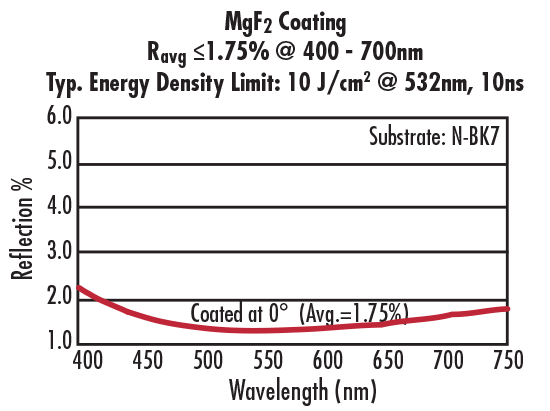
 TECHSPEC® components are designed, specified, or manufactured by Edmund Optics. Learn More
TECHSPEC® components are designed, specified, or manufactured by Edmund Optics. Learn More
Les Lentilles Acylindriques TECHSPEC® sont similaires aux lentilles asphériques car elles proposent une performance de focalisation à diffraction limitée en une seule dimension. En réduisant l’aberration sphérique le long de l’axe de focalisation, les Lentilles Acylindriques TECHSPEC® sont parfaitement adaptées à la création de profils de ligne fins. Comparativement aux lentilles cylindriques standards, les Lentilles Acylindriques TECHSPEC® réduisent également considérablement la taille de spot des sources de lumière monochromatiques pour fournir des lignes distinctes et fines.

1-800-363-1992
ou consulter les numéros d’autres pays
facile à utiliser
entrer les numéros de stock pour commencer
Copyright 2025 | Edmund Optics, Ltd Unit 1, Opus Avenue, Nether Poppleton, York, YO26 6BL, UK
L'entreprise Edmund Optics GmbH en Allemagne agit comme un mandataire d'Edmund Optics Ltd au Royaume-Uni. Le titulaire du contrat est Edmund Optics Ltd au Royaume-Uni.